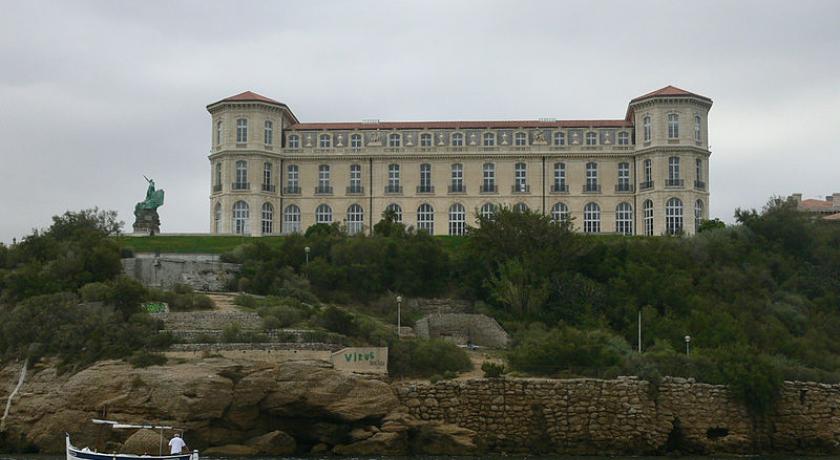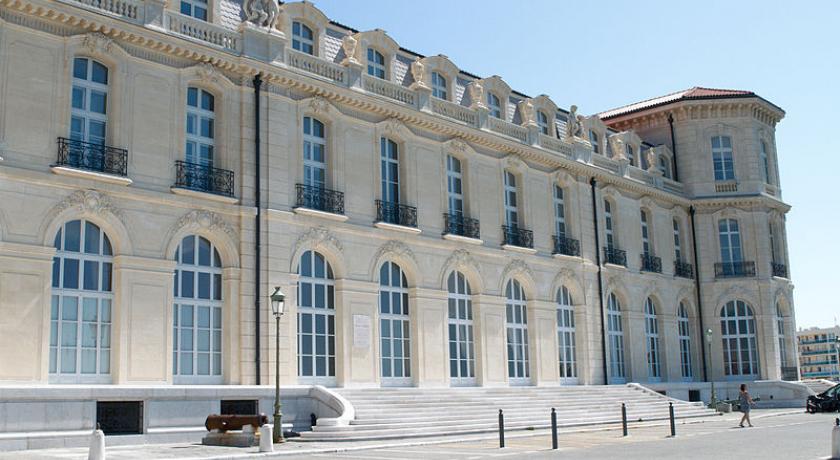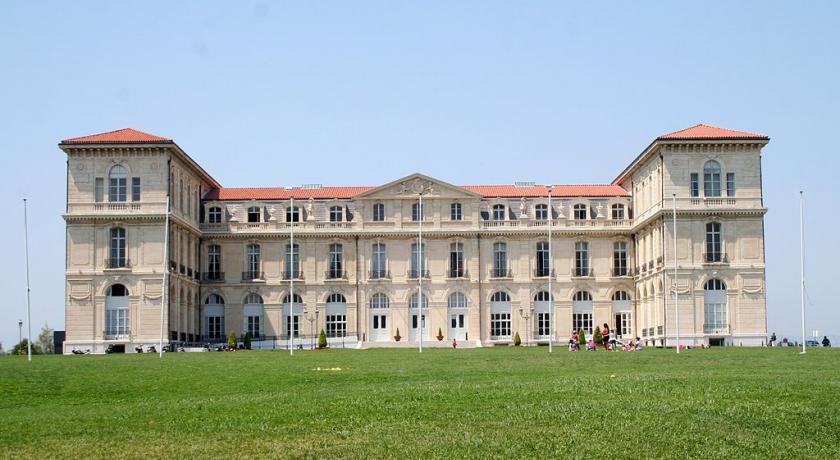Description
The Pharo Palace is a monument of Marseilles whose construction was ordered by Napoleon III for the empress Eugenie in the second half of the nineteenth century. Today, it belongs to the city of Marseille and is a venue for congresses and events.
Louis-Napoleon Bonaparte came already at the end of the 1840s. It was in particular during one of his visits in 1851 that he expressed the wish to build a residence in the city. The municipality was quickly disposed to fulfil his wish by offering the Prince-President the sum of one million francs as a share. The city council's enthusiasm for the project was due in part to the desire to thank Louis-Napoleon Bonaparte for his policy contributing to the development of the city. The amount of the unlocked sum would be used to buy the land on which Louis-Napoleon Bonaparte wished to build his palace.
Production
Proclaimed emperor under the name of Napoleon III, he commissioned, in November 1852, Samuel Vaucher, a Geneva architect, to choose a suitable site for the construction of the imperial residence. Vaucher retained the land of the Teste More, overlooking the harbour and offering a magnificent panorama on the coast. Vaucher presented his plans to the emperor in February 1853 and they were corrected by the architect Hector-Martin Lefuel. The construction project will then be similar to that of the Villa Eugénie in Biarritz, whose construction began in 1854.
Style and architecture
Flanked by two lateral wings forming a screen against the mistral wind, the structure of the building is more akin to the architecture of a seaside resort than to an imperial dwelling. The construction project was at the time the reflection of the construction of the Villa Eugénie undertaken by Napoleon III in 1854 in Biarritz. Although similar to that of Biarritz with its plan in the shape of a "U", the residence of Marseille, with a more monumental design with its floor of lofts, is larger. Moreover, in Marseilles only stone was used, contrary to the Basque residence based on bricks.
There are many references to classical architecture. The Palais du Pharo has facades pierced with semicircular bays on the ground floor and arched windows on the floors decorated with garlands and a shell. In the tympanum of the triangular pediment, one can observe the arms of the city of Marseilles carried by two children. The designs of the ground floor in cut stone were sculpted by the Marseilles artist, Simon.
The Palace also has a 5.7 hectare garden which today bears the name of Émile Duclaux
Address
Marseille
Francia
Lat: 43.294254303 - Lng: 5.358098984






